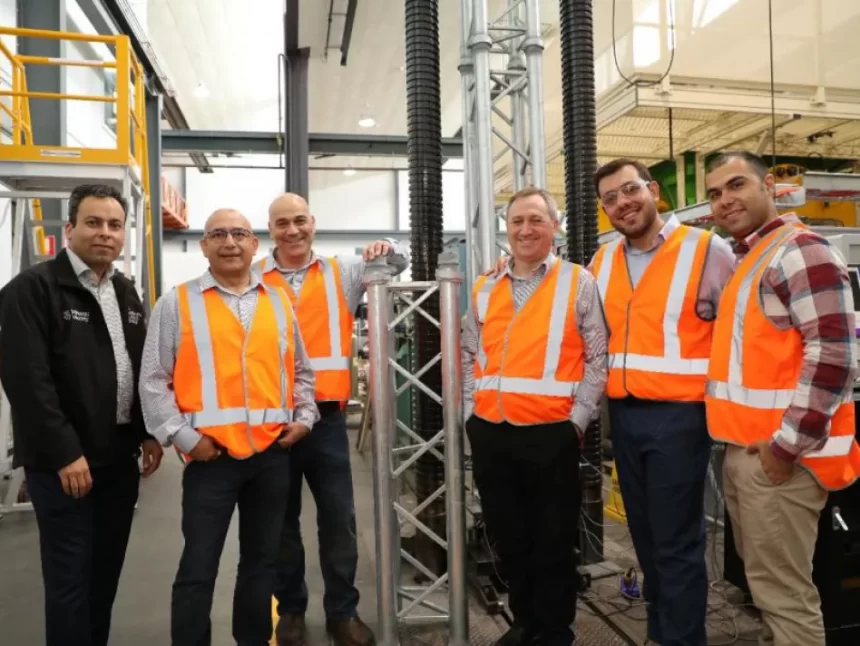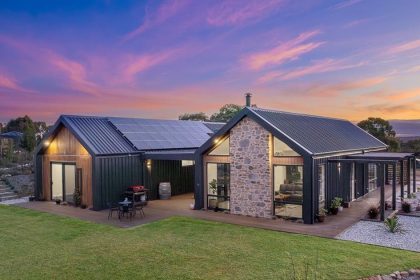Researchers at Monash University have worked alongside some of Australia’s top engineers to develop a high-strength-lightweight, propping solution to revolutionise temporary construction work.
Monash’s Civil Engineering Labs staff and students partnered with Coates Engineering Solution to create the Quadshore system using high-strength steel, typically seen in the automotive industry.
This was combined with mild steel to create a propping tool with lightweight, robust structural elements and boltless connections.
The product’s ingenious design is already racking up accolades, winning the ‘Innovation of the Year Award’ at the World Steel Association’s International Constructsteel Awards 2023 and the prestigious Engineering Design Gold Winner Accolade at last month’s Good Design Awards.
Despite its lightweight design, Quadshore has stunned industry workers with a working load limit of up to 170 tonnes.
This makes it the lightest heavy-duty propping system created worldwide.

The product results from ten years of concept and material research by Monash students and staff, with Associate Professor Amin Heidarpour hoping Quadshore would see high-strength steel become more efficiently utilised in temporary structures.
“Our research has shown that by using high-strength steel, we have been able to enhance the sustainability credentials of temporary structures where the carbon emission and energy consumption for manufacturing of Quadshore beams is at least 30 per cent lower than conventional props,” he said.
“Industry benchmarks have measured the success of our product in terms of construction time, cost saving, safety-enhancing features and sustainability credentials.”
The product provides solutions well beyond the construction site, with sustainability and Australia’s net zero carbon emissions targets a critical factor in its design.
The carbon emissions and energy consumption for manufacturing the product are at least 30 per cent lower than conventional props made from mild steel.
“The lightweight feature of Quadshore will result in a lower carbon footprint with cheaper transport costs and less shipping and handling fees,” Professor Heidarpour said.
“The speed of installation also means improved productivity for our construction industry.”
“The unique experimental facilities and lab environment at Monash’s Civil Engineering Department allowed our team to undertake the experimental tests on this product that replicated its behaviour in real-world settings.”







